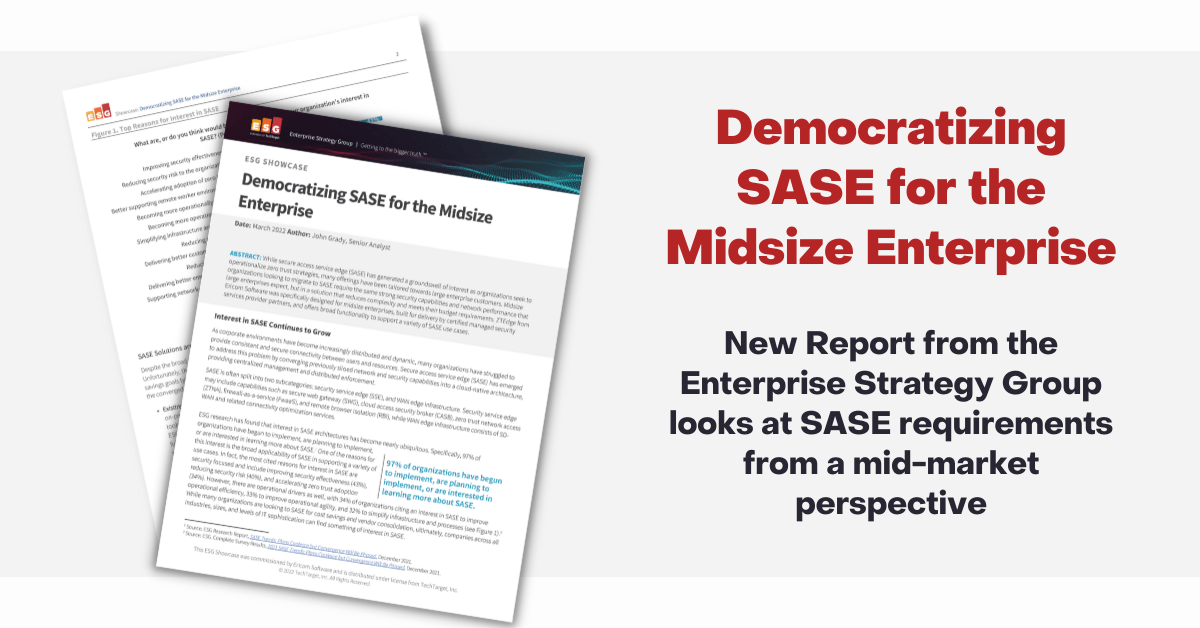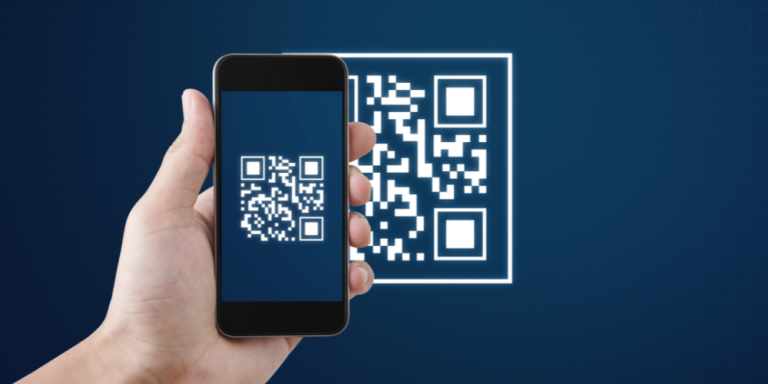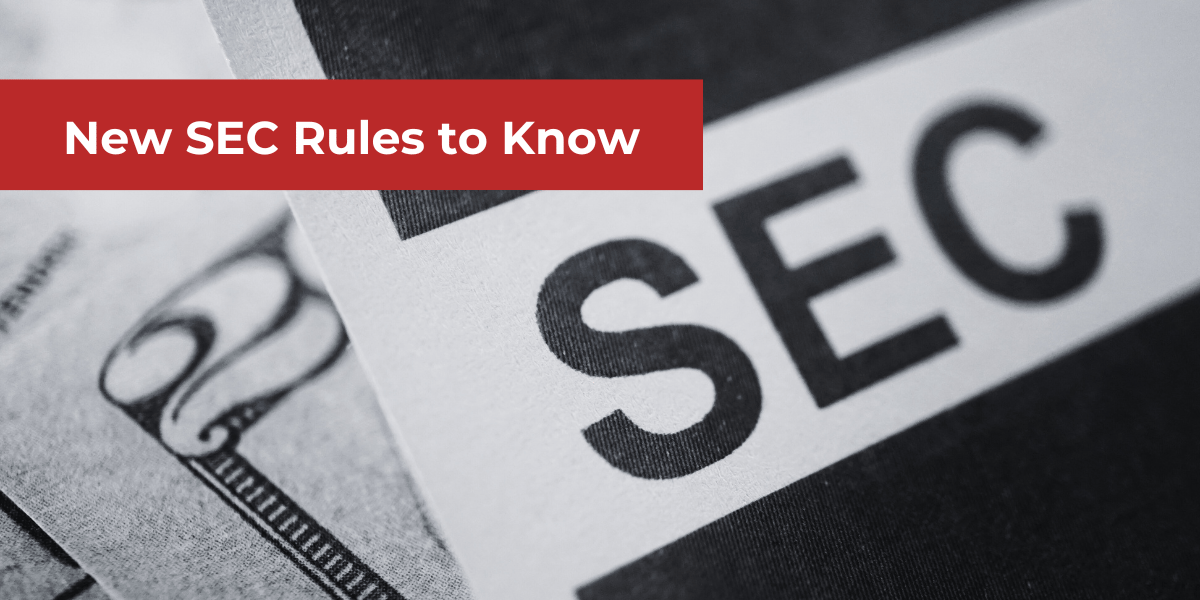ESG Report Highlights Midsize Enterprise’s Needs for SASE Solutions
Posted on March 30, 2022
Want to interview Gerry?
Contact
One of the most significant security constructs over the past few years has been SASE (Secure Access Services Edge), introduced by Gartner in a 2019 report named “The Future of Network Security Is in the Cloud.” The report promoted the concept of a security platform that integrates the network connectivity and security technologies which organizations need to meet the cybersecurity challenges of a cloud-computing future. A more recent version of the SASE framework groups the technologies into two subcategories: SSE (Security Services Edge) includes the security technologies of SASE, and WAN Edge Services, the connectivity technologies of SASE platforms. The SASE concept has rapidly gained traction among large enterprises; over 90% are planning implementation or already in process.
Many midsize enterprises, however, have been slower to adopt SASE. A new report by the Enterprise Strategy Group (ESG) explores the need for SASE-based security in the mid-market and identifies the key factors vendors and service providers need to consider in order to promote adoption among midsize enterprises.
Democratizing SASE for the Midsize Enterprise, written by ESG Senior Analyst John Grady, notes that midsize organizations want, and need, the same strong security capabilities and network performance that large enterprises hope to gain from SASE platforms. Unfortunately, midsize enterprises find a mismatch between the solutions available from large cybersecurity vendors and the realities they are faced with as smaller organizations. Specifically, midsize enterprises have very real budget constraints and limited bench strength in IT and security functional areas, both of which create barriers to adopting solutions designed for large enterprises with big teams to manage network architectures and large budgets for cybersecurity initiatives.
Key SASE Attributes for the Midsize Enterprise
Given the unique challenges that smaller organizations face, key criteria highlighted by ESG as being particularly important in a SASE solution designed for midsized enterprises include:
- Ease of adoption and use: SASE solutions should be straightforward to deploy and manage by small IT and security staffs. Additionally, the option to have SASE delivered as an MSSP-managed service is critical for smaller organizations as a way to alleviate skills gaps and reduce time to value.
- Broad and flexible functionality: Midsize organizations don’t carry as much technical debt as their larger peers. They don’t have an extensive security and access infrastructure that’s already in place and, as a result, can take full advantage of the radical simplification promise of SASE. They can – and should – adopt a broad-based integrated platform that can meet as many of their needs as possible. As a result, they are likely to focus on vendors that integrate most, if not all, of the SASE capabilities defined by Gartner available in their platform.
- Performance: The need for an excellent end-user experience transcends company size – security initiatives must allow all users to stay productive, and not hamper their ability to get their work done. So, while management and functionality are often front and center considerations for SASE, performance and scalability of the SASE platform are equally important. With users and resources more highly distributed than ever, it is critical that SASE solutions provide midsize organizations a performant, consistent user experience at all times, for users in any location.
ZTEdge by Ericom Software
Following a thorough evaluation of the SASE challenges midsize enterprises face, the ESG report evaluates Ericom’s ZTEdge SASE platform. ZTEdge, which was designed specifically with midsize enterprises in mind, is available either directly from Ericom as a SaaS solution or as a fully managed service via certified ZTEdge partner MSSPs. A comprehensive, flexible platform, ZTEdge cuts complexity, reduces cyber-risk, and improves performance for midsize enterprises, all at price point dramatically lower than alternative solutions. Key use cases supported by the platform include:
- Identifying users and authenticating devices: Securely connecting the right people and devices to the right applications and resources.
- Eliminating ransomware and phishing: Protecting users and their devices as they interact with the web and email.
- Securing remote access to private applications and desktops: Providing a simple way to connect remote workers with private cloud and on-premises applications and remote desktops.
- Controlling SaaS application access: Limiting access to public cloud apps like Office 365 or Salesforce to only authenticated and authorized users, eliminating credential theft risk and restricting data sharing privileges.
- Segmenting networks and providing visibility: Segmenting and monitoring networks to stop threats like ransomware spread and detecting, blocking, and remediating intrusions.
- Simplifying networking with a Cloud Area Network™: Reducing cost and complexity while improving security by connecting users, apps, servers, and containers through a high-performance Zero Trust cloud overlay network.
For more detail on how the ZTEdge platform aligns with the Gartner SASE and SSE security frameworks, visit the ZTEdge SASE webpage here. Download your free copy of the ESG report on Democratizing SASE for the Midsize Enterprise here.
About Gerry Grealish
Gerry Grealish, ZTEdge CMO, is a security industry veteran, bringing over 20 years of marketing and product experience in cybersecurity, cloud, analytics, and related technologies. Responsible for marketing and business development, Gerry previously was at Symantec, where he led the product marketing and go-to-market activities for the company’s broad Network Security portfolio. Prior to Symantec, Gerry was at Blue Coat, which he joined as part of Blue Coat’s acquisition of venture-backed Cloud Access Security Broker (CASB) innovator, Perspecsys, where he was Chief Marketing Officer.Recent Posts

FTC Issues Cybersecurity Warning for QR Codes
QR codes on ads are a simple way to grab potential customers before they move on. No wonder cybercriminals are using QR codes, too.

Guarding Against the Storm: Insights from Australia’s Cyber Threat Report 2022-2023
Malicious cyber activity represents a growing threat to Australia's security and prosperity. Read on for important guidance on protecting your organization.

New SEC Cybersecurity Reporting Rules Take Effect
Risk assessment is a key factor in investment decisions. Now, with SEC disclosure rules in effect, investors can more easily take cyber risk into account.